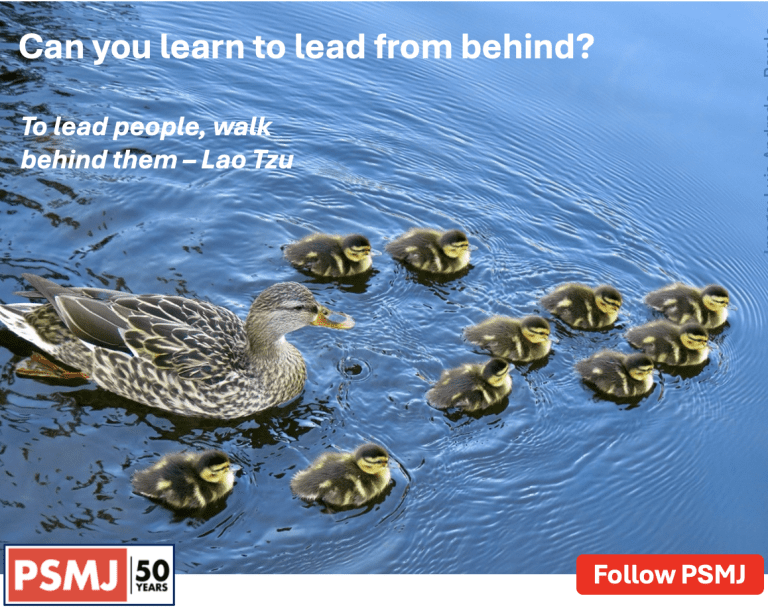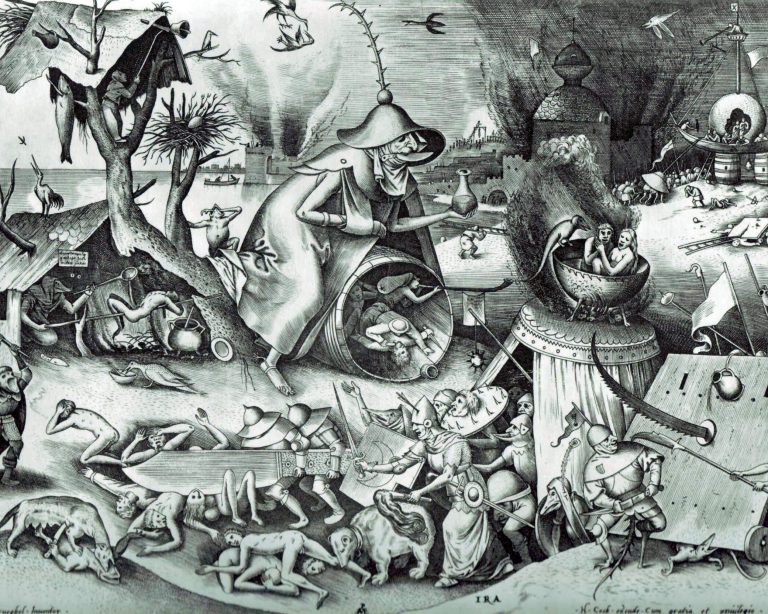What, exactly, is Leadership in A|E|C Design?
Ask any number of leadership experts to list the essential components of leadership, and you’ll get an equal number of lists, with 4 to 20 items, all different except that most of them will include Communication. There is no consensus. PSMJ has seen that certain…
Read MoreWhat’s the Common Denominator in Design Projects?
Every design practice, its clients, project inputs, teams, and performance requirements, are unique. Yet our core processes, which produce unique outcomes, are remarkably consistent. That, precisely, is what defines our work as a profession. I first saw this with absolute clarity on a tour of…
Read MoreChanging Tides in Workplace Priorities
Last year, 2021, was without a doubt an unprecedented year. Despite lockdowns, cutbacks, and a 2020s recession, architecture firms surpassed payroll levels from the years before the pandemic. This meant more staff were being hired because there was more work, and there was more work…
Read MoreMaking your meetings more effective
Meetings are an essential component of any healthy functioning workplace. They bring people together to discuss a common goal and the ways to achieve that. Meetings are especially valuable to project managers as they provide an overview of where the team has progressed on a…
Read MoreManaging Your Clients’ Expectations
Listening to, clearly identifying, then meeting client expectations, can be a gruelling task. There is a fine line between going above and beyond to please your clients, and getting taken advantage of. However, effectively managing your clients’ expectations is the key to maintaining a healthy…
Read MoreThe Elements of Trust
TRUST is the most precious, powerful, important and elusive facet of design practice. Ten years to create, 5 minutes to destroy. Every architect I’ve ever met, I’m 100% certain, would consider himself/herself trustworthy. But do their clients trust them? Trust them to spend their massive…
Read MoreManaging Upward 101
Managing people is about influencing their behaviour. There are two “managing upward” scenarios: First, the need to influence the behaviour of a person senior to you, and Second, to influence the behaviour of a secondary client, for example where you are employed by another consultant…
Read MoreIs there any chance you’ve ever committed one of the “7 deadly sins” of managing Project Managers?
Recently I upgraded an old post on the above topic. In checking how far back in time this concept went, I did a little research. With full credit to Wikipedia, I found that the concept originated about the 4th C. AD. I’m not sure if PMs (or…
Read MoreRisk Conference – The Elephant in the Room
After attending the terrific Australian Institute of Architects RISK 2015 national conference, I – and many others – realised that there was a big, hairy elephant in the room: RISK. A battalion of great presenters felt its various parts, reported what they found, and a few…
Read MoreThe 7 Cardinal Sins of Managing Project Managers
The idea of the Seven Deadly Sins, or “Cardinal” Sins, has been around since the 4th Century AD. They were then (and perhaps still are): wrath, greed, sloth, pride, lust, envy, and gluttony. They originated from the works of Greek monk, Evagrius Ponticus. The Catholic Church…
Read MoreThe Importance of Risk-Based Thinking
Risk shadows your every step whether you think about it or not. Anyone can sue you, at anytime, for anything. However, the greatest risk of all is not taking any risk. The secret is: become a low-risk practice to give you the competitive advantage you need. How…
Read MoreThe Hidden Power of Checklists
While checklists may sound awfully conventional, they are an effective tool that can help built environment professionals succeed in this contemporary, ever-changing world. Architects often have repetitive tasks to complete, and without guidance, certain steps can be forgotten in the process. The checklist is a simple…
Read MoreHow to Excite an Architect: Designers’ Dreamtime
I have been in discussion with colleagues as to the best way to make a technical manual readable, exciting, a “must-read page-turner”. These discussions have been continuing in whatever part of one’s brain is at work while the rest is asleep. Last night I had…
Read MoreAnalytics – What vs Why
Analytics only tell us what people did, not why they did it. I found that small but perfect gem in the rich ore of Ann Handley’s Everybody Writes. Most of our research is about what decisions people make, not why they made them. Then we start making assumptions about the whys –…
Read MoreThe One Success Strategy That Tops All The Rest
The more I work with our many and varied clients across Australia and New Zealand, and the more I read about success strategies from scores of authorities, the more convinced I become that the “keystone” strategy – the one you’d need if you could only…
Read MoreStrategic Planning & the Quality Iceberg
The most important process in Quality Management System (QMS) development is NOT Strategic Planning, but Continual Improvement. Here’s why. In almost all business strategic planning, the focus begins with a desire to change the future of the organisation; to get to “where we want to be”….
Read MoreQuality Management in Improving Communication
Communication plays an integral role in all facets of life, and is at the heart of every business. There is an abundance of evidence and expert opinion demonstrating that a major cause of client dissatisfaction stems from inadequate information exchange between designer and client. For a practice…
Read MoreForces for Change in a Swiftly Evolving Professional Environment
The world as we know it is changing rapidly. The present reality of design practice is that it is transforming at its fastest rate in architectural history. Our choices are to change with it, or risk becoming obsolete. Design practice is in a precarious situation,…
Read MoreQuality Management
Quality management (QM), like risk, is everywhere. It is a vital part of the design process, whether or not noticeably present or acknowledged. There is very little, if anything, about design and construction industry output that doesn’t come under the umbrella of ‘quality’. A program…
Read MoreHow Can You Identify a Great Client?
Every design professional I’ve ever met would like to know how to find great clients, or at least convert the clients they’ve got into better clients. A small fraction of them think about this from the other side: How could they become better clients as well?…
Read MoreWhat Type of Architect Are You? A ‘Difficult’ Character?
Recently I discovered some fascinating research, the subject of an article in the January 2011 issue of ARCHITECT, the journal of the American Institute of Architects. Amanda Kolson Hurley discusses research by Robert Gaarder, entitled “A Difficult Character”, on a small but valid sample of 100…
Read More




























